The ability of humankind to exploit the natural resources around him to his advantage has indeed made humans the most successful organism on Planet earth. To solve the food problem, the protein deficiency in food stuffs; and new introduction of plants to cultivation for increased production; may all seem to have great potential value in economic botany apart from the humanistic problems. This book ‘economic Botany’ incorporates review and research articles on varied aspects of economic botany in 20 chapters. One section covers articles on medicinal plants, namely, Medicinal Plants: Botany, propagation, diseases and uses; Ethnomedicinal studies of family Asteraceae for their propagation and antimicrobial activity; note on plants used in wounds and activity; Pahrmaceutically significant hypocholesterolemic Spuirulina. Articles on Timber-yielding plants; tannin and dyes from Plants; Alcoholic and non-alcoholic beverages from Plants; Plant fibres: characteristics and uses; Spices and condiments provide detailed account about various economic uses of plants. Information is provided on conservation and management strategies for medicinal and threatened plant species; Indigenous knowledge of biodiversity used for sustainable development; Application of CITES in the conservation of Indian Phytodiversity; Study of some grasses; Etymological history of some floral elements and on Study of soil and coastal vegetation. Some articles, namely, Tissue culture of a red algae Gelideiella acerosa; protoplast isolation in four species of Ulva; Ecological study on the dominant tree and shrub species and Mycotoxib problem in oilseeds provide additional information on the subject. This book will be highly beneficial to students, teachers and research workers in Botany, Agriculture, economic Botany and the common man.
Applied Microbiology
$86.40
$96.00

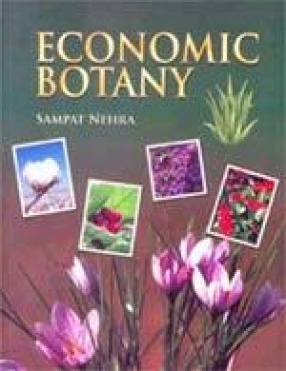
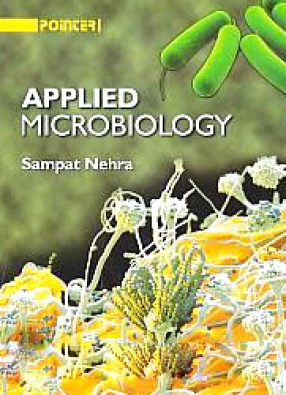
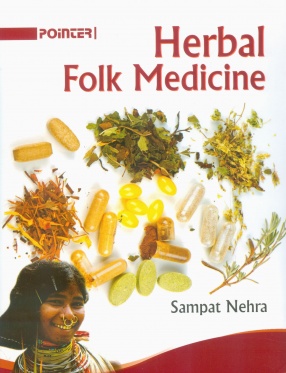
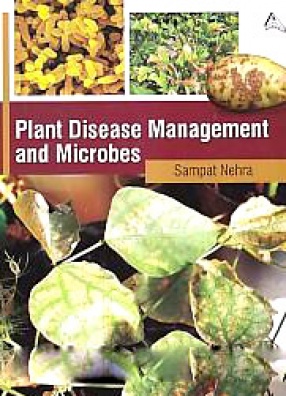


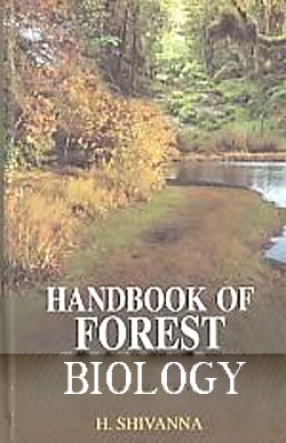
There are no reviews yet.